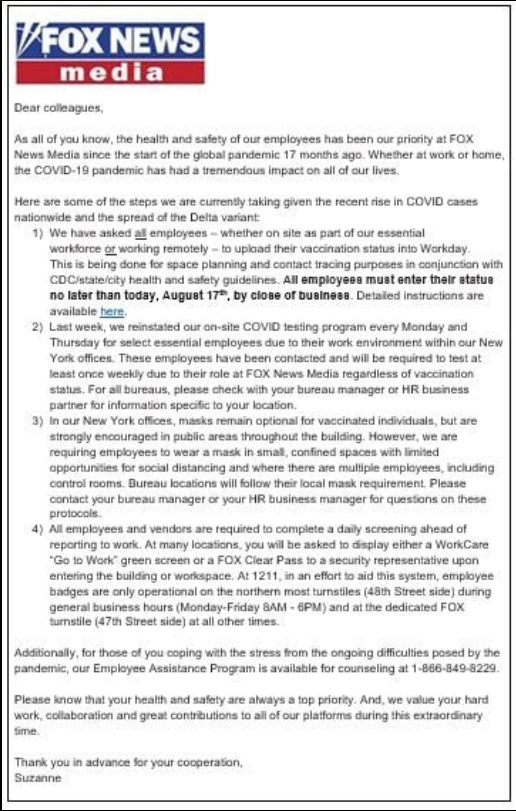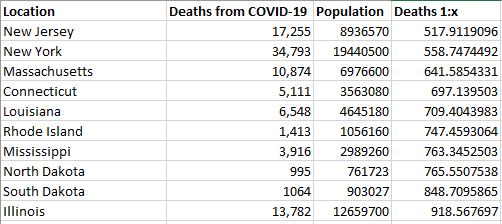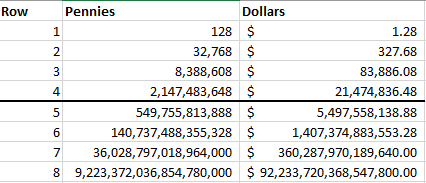Scott’s dad gets on our cases about being paranoid hypochondriacs (or whatever) because we’re still wearing masks and have Anya in online school for another year. The governor dropped the health orders, after all. Anya is too young to be vaccinated, but he’s safe … and kids don’t get sick anyway. Now, I don’t believe the latter two “facts” — kids do get sick, even if it’s less virulent. And I’ve never seen anything published that indicates vaccinated individuals don’t spread the virus. Just that they don’t feel unwell (which, in my mind, makes them more likely to spread it ’cause they don’t know they are sick … the Yankees having so many vaccinated people test positive sticks in my mind. They wouldn’t have known they were sick if it weren’t for what I assume is routine team-wide testing). And it’s difficult to explain to someone who has already made a decision … but the math just doesn’t support the “it’s all good” attitude people are adopting. I’m not an epidemiologist — I went to school for theoretical physics and work in computer science. I have done a lot of data mining and analysis, so I’ve got a decent understanding of the math side of epidemiology without any of the “so what do we do about it” medical knowledge. That being said … the math side of it can be helpful.
There’s a rate of spread for infections — computer viruses or human, in fact. There’s an initial rate of spread when no one has any immunity / has patched their computer (R0 to epidemiologist). If one person gets the virus, they give it to x people over the course of their infection. This is where you either see the total number of infected people trend toward zero of infinity — that is, if one infected person infects 0.5 (i.e. for every two infected people, you get one more person infected) … eventually the virus dies out. If one infected person infects ten others? This is a ever increasing progression — those ten each infect ten more for 100 infected people. Who each infect 10 for 1000 infected people. Which doesn’t seem bad — but those each infect 10 for 10,000 infected. Then 100,000. For each iteration, the number of infected people is 10^n — 10,000,000,000 is ten iterations down.
But preventative measures get taken — in one case, a computer virus caused my employer to shut down the LAN facing ports on every router in the company. Techs had to walk around with a fix-it CD, clean up every computer on a subnet, and then request the subnet be returned to the network. And, if we saw the virus propagating from that subnet? It got locked down again. Highly disruptive, but effective. And that’s where we were last spring with stay-at-home orders.
There are less severe precautions — computers have anti-virus software that look for virus-like activity for day zero identification. In human terms, that means we’re washing our hands after coming home from an outing. Or, as of last spring, wearing masks. Any of these precautions reduce the R0 value — but it can be difficult to predict exactly how much these actions will reduce the rate of spread.
Vaccines, on the other hand, have a quantified (and published) impact on spread. That efficacy and the percentage of the population that has been vaccinated scale the R0 value. The effective rate of spread is R0 * (1 – ( (vaccine efficacy) * (% of population that is vaccinated) ) ). If a vaccine prevents infection for half of the people who are exposed, then the effective rate of spread after vaccination is R0 * (1 – 0.5 * % of population that is vaccinated)). If a vaccine can prevent 90% of infections from occurring, the effective rate of spread after vaccination is R0 * (1 – 0.9 * % of population that is vaccinated)).
For convenience, I am going to ignore partially vaccinated individuals because I don’t know how effective a partial dose is at preventing transmission. The R0 published last year was around 3 — with about 40% of the population vaccinated with a 95% effective vaccine, that’s an effective rate of spread around 1.86 without other precautions being taken.
Now my numbers aren’t perfect — but this is almost a best-case effective rate of transmission. Another ten percent or so of the population is half-way vaccinated even if I don’t want to get that granular with my maths. But plenty of people got a 80-something percent effective vaccine, too. And the efficacy of each vaccine is reduced against variants. Having an effective transmission rate hovering around 2 seems, to me, like a premature time to cease taking other precautions.



